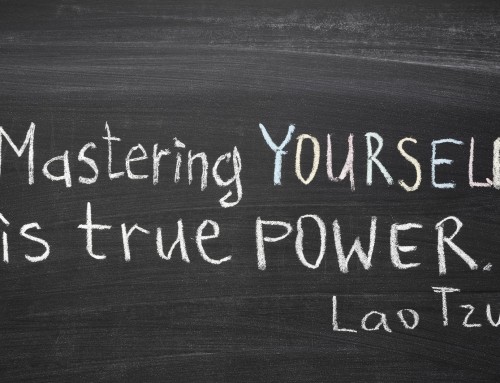From a laymen’s point of view, it may be rather hard to differentiate between what a trainer and a coach is. On the surface, they sound like the same thing; imparting information that the individual concerned can learn from.
The fact of the matter is training and coaching serve a very distinct purpose to your organisation. These two cannot really be interchanged. It is usually the burden of the Human Resources department to know how and when to employ the two sciences. This can often be a very daunting task for those concerned, especially with new companies.
Let us first have a look at some of the identifiers for training and coaching by breaking it down in to the following categories: Goals, Setting, Content and Methods.
When it comes to training, the goals can be to orient new employees to the normal workplace standards and protocols, new skills (new software) and will most likely instruct many employees at the same time.
The setting is often a group lesson or course, which can sometimes be digital. Most times this is a one off session or series of sessions. In this environment, there is very little opportunity for one on one attention.
When it comes to content, the material usually comes out of the company playbook and is delivered in exactly the same way for everyone. The material may be proprietary or served by a third party vendor.
As far as delivery methods are concerned, training is usually done in a typical classroom setting, with one or more instructors. Normal practice dictates that there is mandatory reading material such as worksheets, books, handouts, etc.
Training is best suited to new material or with new employees. Its purpose is to introduce a concept or skill and give the employee a basic proficiency with that topic, which they will then take into practice on the job. Training is often a one-time commitment per topic, rather than an ongoing process.
If we apply the same categories to coaching;
The goals of coaching is to encourage the employee to develop and improve their individual performance. It addresses specific problem areas that are directly related to that employee. More often than not, it is more about ‘how well’ and less about ‘how to’.
Coaching mostly occurs on a one to one setting. It is usually less structured than a training programme, as it is more of a circular system rather than a linear one. Coaching in general is an ongoing process rather than a one off session.
If you take a look at the actual content of a coaching programme, you will see that is highly customised to suit the employee and his or her own learning curve. It offers hands on opportunities to learn and practice, sometimes even on the job.
Although pre-printed material is far less common, the coach may recommend additional reading material if he or she so deems fit. If the company hires the coach, the sessions can often be tied to an employee’s performance review.
Coaching is based on the employee’s needs and questions and follows a bottom up approach. It encourages the employee to examine and reflect on his or her own development and to take constructive criticism. It deliberately focuses on areas where the employee can improve and has clearly defined benchmarks and goals for measuring progress.
While training is more focused on skills development, coaching strives to develop talent. Neither in training nor in coaching is there such a thing as one size fits all. Coaching allows employers to identify and address areas that training is most likely to miss. Additionally, with coaching, it is far easier to accommodate different learning styles and offer a more personalised approach.
Why are both training and coaching essential?
While training aims to establish a highly skilled and well performing workforce, coaching works towards maintaining it. More often than not, employees tend to fall below set expectations, for a variety of reasons and can end up being stagnated in their progress towards their goals. The problem may lie in how they are being trained and what kind of coaching they are being given to reinforce their training.
Together, training and coaching benefit both employees and customers. Solid training and coaching support a smooth, stable working environment and improve morale and overall performance. That trickles down to the customer experience – customers know they can rely on the quality of service they will get from anyone they may talk to at the company.





Leave A Comment
You must be logged in to post a comment.